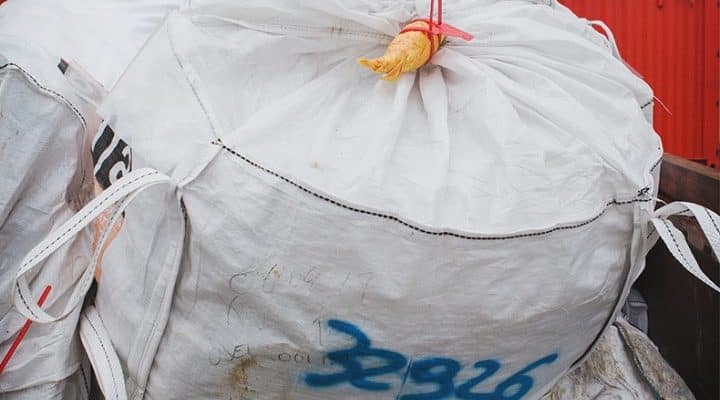Inertam, the subsidiary of the French group Europlasma will treat the asbestos waste of NCC Environnement via the vitrification process. On March 24, 2023, Inertam signed a five-year cooperation agreement with the Algerian company specialized in the collection, transport and treatment of special waste.
NCC Environnement wants to improve its capacity to treat asbestos waste by vitrification. It is Inertam which will support the Algerian company in this step. The subsidiary of the French group Europlasma, specialist in depollution announces the signature of a cooperation agreement with NCC Environment.
Under the partnership signed on March 24, 2023, Inertam will take charge of the asbestos cement waste of NCC Environment for five years. Initially, 260 tons of this hazardous waste will be transported by sea and then by road to Inertam’s site located in Morcenx-la-Nouvelle in the Landes region of France. Inertam will use the vitrification process to improve the efficiency in the elimination of these fibers, which can reach the pulmonary alveoli and cause serious diseases in humans.
Construction of an asbestos waste vitrification unit
Vitrification or burial is currently the only alternative to the storage of asbestos waste in landfills, says Inertam. The process consists in introducing the asbestos waste continuously into the melting chamber where it is brought to the melting temperature, i.e. between 1,400° and 1,600°C, by two 2 MW torches. The asbestos fibers are then completely destroyed. The molten material is progressively withdrawn from the refining chamber (melting furnace) where a third 700 kW torch acts.
It is in this refining zone that the molten vitrified material (or cofalit) flows. This torch, which is less powerful than the other two, maintains the cofalit at temperature while pushing unfounded or supernatant elements back into the melting zone, far from the casting zone. The gases emitted in the furnace are extracted and directed to the fume treatment system. Inertam is able to process 8,000 tons of asbestos waste per year according to the Basel Convention standards. The main objectives of the regulations are to reduce the production of hazardous waste as much as possible and to ensure that it is disposed of in an environmentally sound manner as close as possible to the place where it is produced, as well as to keep international movements of hazardous waste to a minimum.
Read Also – Urban sanitation, a major challenge for sustainable cities in Africa
The partnership between Algiers-based NCC Environnement and Inertam will result in the construction of an asbestos and polychlorinated biphenyl (PCB) waste vitrification unit in Algeria. Such a facility would also allow this North African country to progress in the implementation of its hazardous waste management policy. According to the National Waste Agency (AND), some 325,000 tons of special and hazardous waste are produced each year in Algeria.
Inès Magoum






